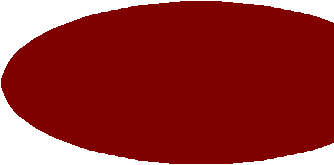It is estimated that 9 out of 10 computers use Windows as an operating system, this is not to say the others are no good, its just that Windows has just about become the standard operating system.
|
|
Operating systems were originally designed to communicate with disk drives, this is why most early operating systems contain the acronym DOS (disk operating system). Over a small amount of time the operating system grew and became a platform between your P.C. And the software you run on it. If operating systems did not exist you would have to determine the way programmes work, show text or graphics, how it reads and writes disk files and so on, this would limit P.C. Usage to the few that were competent in this type of programming.
|
So the purpose of the operating system is to create a common platform for all the software, which gives you all the tools you need for performing tasks like printing, scanning, copying, deleting and so on.
|
|
The operating system works along side BIOS and software drivers, the BIOS acting as the middle man between the hardware, processor and the operating system, and the drivers translate commands from the operating system and BIOS into instructions for a specific piece of hardware. The operating system encompasses all these three components.
|
|
Windows main stay is that it uses a graphical interface, this meaning you just move the mouse arrow over an icon and click, this is instead of having to type line after line of commands on a black screen as they used to do and still do in MS-DOS.
|
This meaning that Windows is relatively easy to use and understand, as everyone can quickly understand, what icons do, what the basic mouse movements are, this is instead of having to understand the language of DOS commands.
|
|
So windows presents all the information you need to use a program in an organised menu scheme, and it is this simplicity of use that is making P.Cs accessible to the general public. But as Windows graphics and interface improve this requires more processing power, more memory and sometimes better displays, which ultimately means more cost for the PC buyer.
|
|
The next few pages are there to try and help you get to grips with using Windows. They have been written for Windows 98, but most of the fundamentals will work for all Windows operating systems. Do not worry if some of the pictures shown vary from what you see, its just how my computer is set up.
|
|
Click on NEXT PAGE to learn about Operating Systems.
|
|






